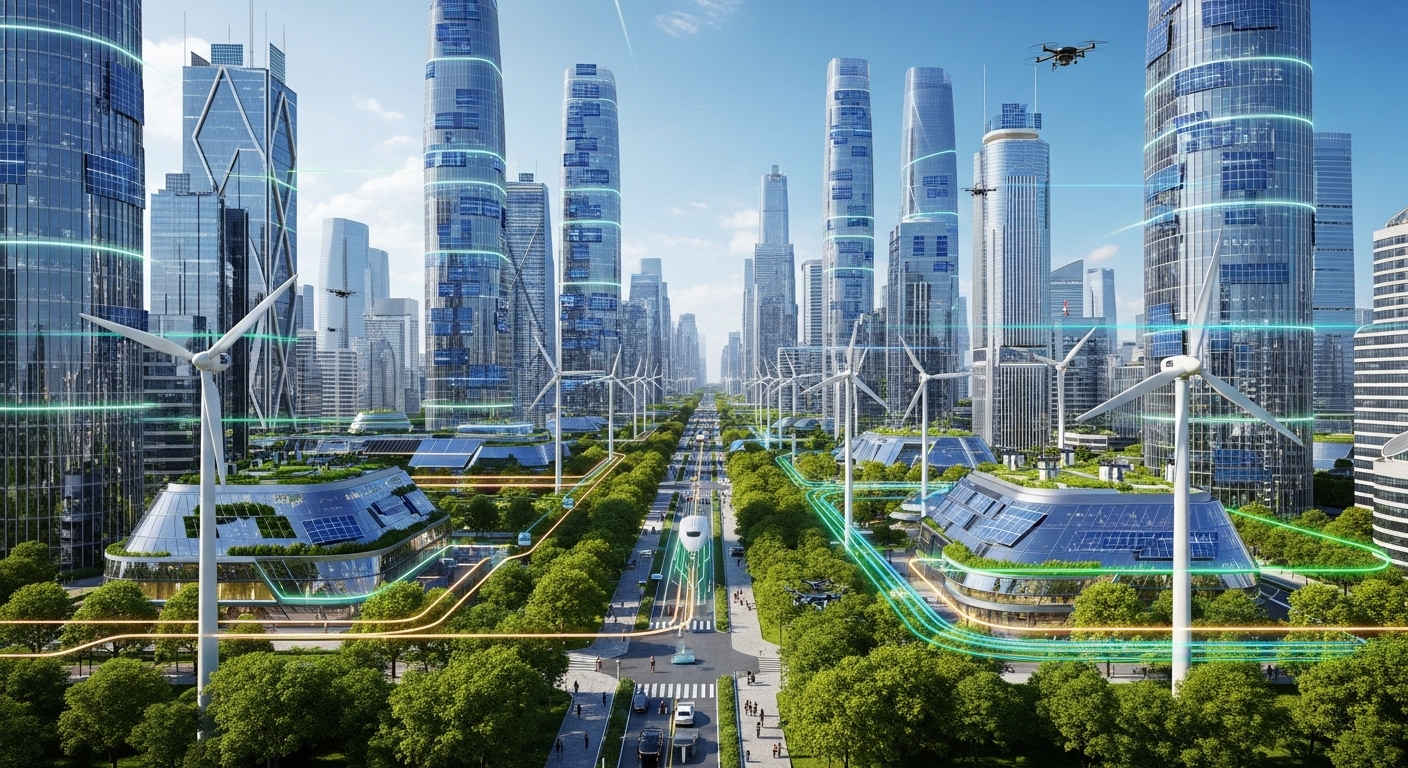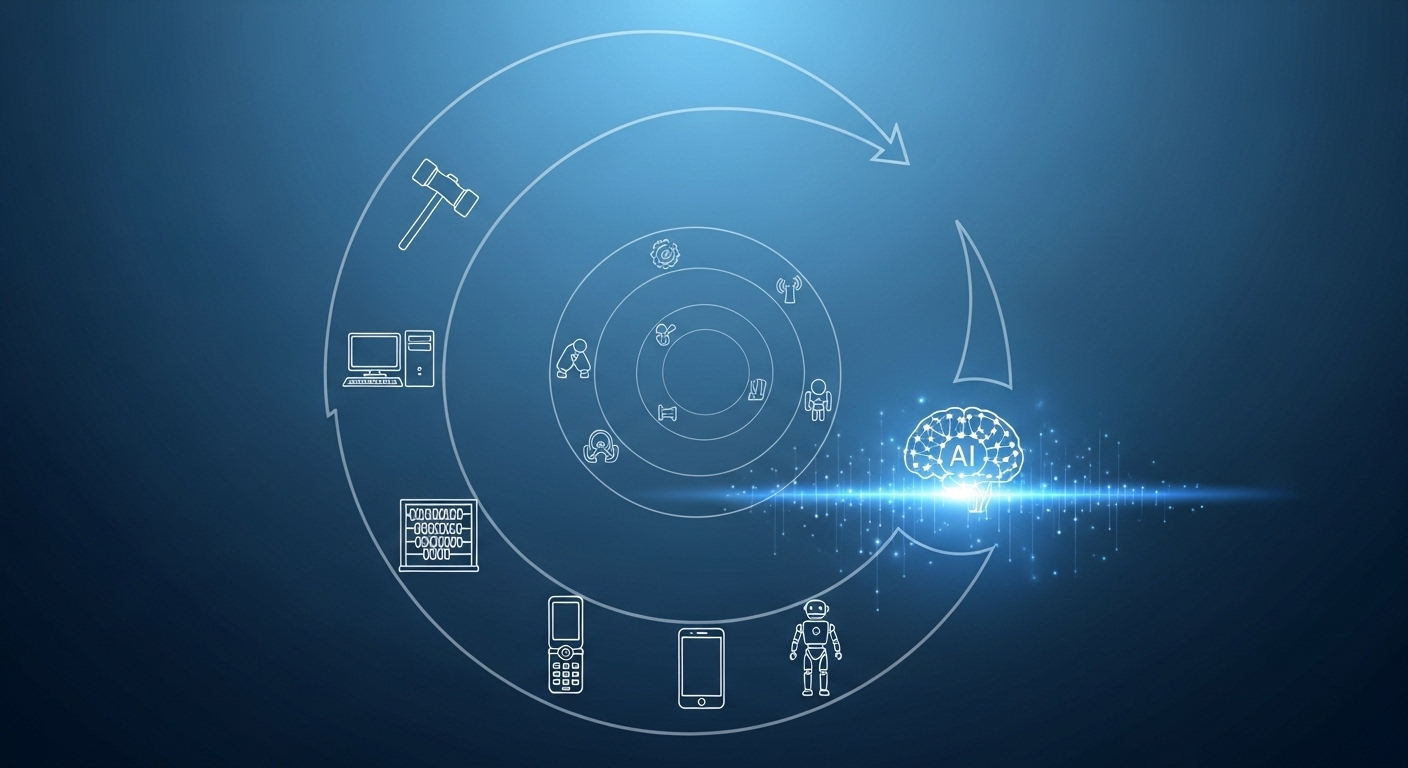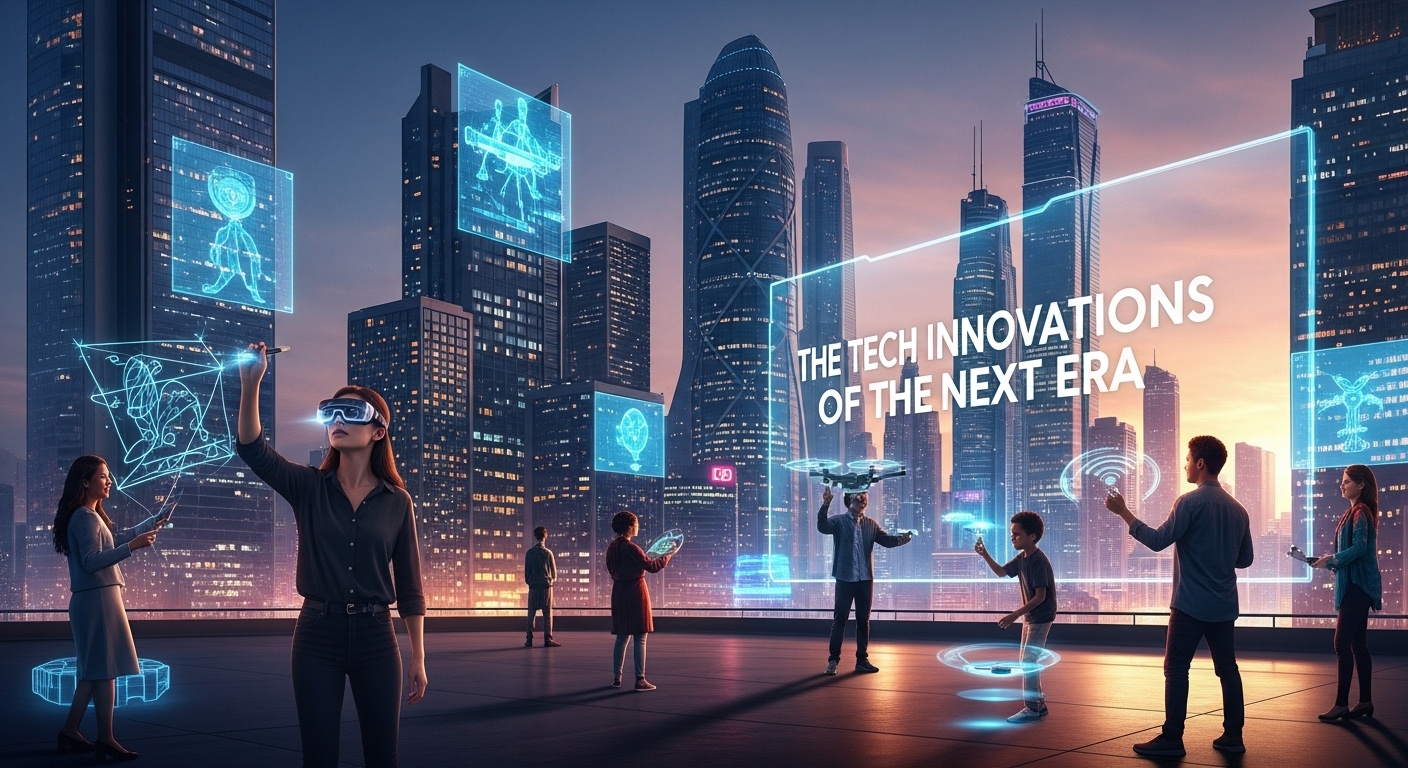Technology has become the backbone of modern civilization, influencing almost every aspect of human life. Whether it is communication, transportation, education, healthcare, or entertainment, technology shapes how we live, work, and connect with one another. In the last few decades, technological growth has accelerated at a pace never seen before in history. This blog explores the vast world of technology, its evolution, its current trends, its benefits and challenges, and how it continues to mold our future.
The Roots of Modern Technology
Modern technology did not emerge overnight. It is the result of centuries of innovation, experimentation, and human curiosity. Early humans used tools carved from stones to solve daily survival challenges. As time passed, these tools evolved into machines powered by steam, electricity, and eventually digital circuits. The Industrial Revolution marked a major turning point in technological development. Machines began replacing manual labor, increasing productivity and transforming industries such as textile manufacturing, transportation, and agriculture.
The invention of electricity changed the course of technological history. Electrical power allowed for the creation of new machines, lighting, telegraphs, and eventually telephones. With the rise of electricity came the invention of radios, televisions, and computers in the twentieth century. These innovations laid the foundation of modern digital technology, leading to the information age.
The Digital Revolution
The digital revolution began in the late twentieth century when computers shifted from large, room-sized machines to compact personal devices. Semiconductors and microprocessors made it possible to create smaller, faster, and more powerful computers. Companies started creating operating systems and software that ordinary people could use at home and work.
The invention of the internet was one of the most important events in the digital revolution. What started as a government research project became a global network connecting millions of people and devices. Email became a standard method of communication, replacing traditional letters. Websites provided access to information, news, entertainment, and services. Search engines made it easier to find information on any topic. Social media platforms allowed users to connect and share content across the world.
The Rise of Mobile Technology
Mobile technology took the digital revolution to another level. Early mobile phones were large and only used for voice calls. Over time, they evolved into smartphones capable of doing almost everything a computer can do. The introduction of touchscreens and advanced operating systems allowed users to browse the internet, send messages, take photos, play games, and use thousands of apps.
Smartphones became more advanced with each generation. They now include high-quality cameras, biometric sensors, artificial intelligence features, and fast processors. Mobile technology has made communication easier and faster than ever. It has also changed industries such as finance, education, transportation, and healthcare by enabling mobile payments, online learning, ride-sharing, and telemedicine.
Artificial Intelligence and Machine Learning
Artificial Intelligence, commonly known as AI, is one of the most transformative technologies of the twenty-first century. AI refers to machines or software that can perform tasks normally requiring human intelligence such as learning, problem-solving, speech recognition, and decision-making. Machine Learning is a branch of AI that allows machines to learn from data and improve their performance without being explicitly programmed.
AI is used in various fields today. Virtual assistants help users with tasks like setting reminders, playing music, and answering questions. AI algorithms can analyze large amounts of data to predict weather patterns, detect diseases, recognize faces, and translate languages. In industries such as finance, AI helps detect fraud and make investment decisions. In manufacturing, AI-powered robots assemble products with precision and speed.
The Internet of Things and Smart Devices
The Internet of Things, or IoT, refers to the concept of connecting everyday devices to the internet so they can communicate and exchange data. These devices can include home appliances, wearable gadgets, vehicles, industrial machines, and more. IoT has made it possible for devices to operate more efficiently and intelligently.
Smart homes are a popular example of IoT in action. Devices like smart lights, thermostats, refrigerators, and security cameras can be controlled using smartphones or voice commands. Wearable devices track heart rate, sleep patterns, steps, and other health metrics, helping people maintain healthier lifestyles. In industries, IoT is used to monitor machinery, track inventory, and optimize production processes.
Cloud Computing and Data Storage
Cloud computing allows users to store and access data and applications over the internet rather than on local computers or servers. This technology has changed how businesses and individuals handle data. Instead of buying expensive hardware and maintaining physical servers, users can rent storage and computing power from cloud providers.
Cloud computing provides flexibility, scalability, and cost-effectiveness. Businesses can increase or decrease their storage needs depending on demand. Cloud platforms also allow collaboration, enabling multiple people to work on the same document or project from different locations. Popular cloud services include data storage, software as a service, and platform as a service.
Cybersecurity in the Digital Age
As technology becomes more advanced, the risk of cyber threats also increases. Cybersecurity is the practice of protecting systems, networks, and data from digital attacks. Hackers can steal personal information, disrupt services, and cause financial damage.
Common cyber threats include viruses, malware, phishing attacks, and ransomware. Organizations and individuals must use strong passwords, encryption, firewalls, and antivirus software to protect their digital assets. Cybersecurity professionals work constantly to detect and prevent potential threats. Governments also create laws and regulations to ensure data privacy and digital security.
Technology in Healthcare
Technology has transformed the healthcare industry. Medical devices such as MRI machines, ventilators, and surgical robots help doctors diagnose and treat patients more effectively. Telemedicine allows doctors to consult with patients remotely using video calls. This is especially helpful for people living in remote areas or those unable to visit hospitals.
Electronic health records store patient information digitally, making it easier for doctors to access and update medical histories. Wearable health devices monitor vital signs such as heart rate and blood pressure. AI is used to analyze medical data and help detect diseases early. Technology has also made medical research faster and more accurate by allowing scientists to simulate experiments and analyze large sets of data.
Technology in Education
Education has greatly benefited from technology. Traditional classrooms have evolved with digital tools like projectors, smartboards, and online resources. Students can use laptops and tablets to access study materials, complete assignments, and conduct research.
Online learning platforms allow students to attend virtual classes from anywhere in the world. This has made education more accessible. Teachers can use technology to create interactive lessons and track student performance. Technology also helps students with disabilities by providing tools such as screen readers, speech-to-text software, and adjustable learning environments.
Technology in Entertainment
The entertainment industry has been revolutionized by technology. Movies, music, and games are now available digitally on various devices. Streaming platforms allow users to watch movies and shows on demand. Video games have become more realistic and interactive with advanced graphics and virtual reality.
Social media platforms allow people to share content and connect with their favorite celebrities, artists, and creators. Music production has become easier with digital audio software, enabling artists to create and share music from home. Technology has also enabled new forms of entertainment such as augmented reality experiences and interactive storytelling.
The Future of Transportation
Transportation technology is rapidly advancing. Electric vehicles are becoming more popular as they are environmentally friendly and cost-effective to operate. Companies are developing self-driving cars that can navigate roads without human input, using sensors, cameras, and AI.
Public transportation is also evolving with high-speed trains, smart ticketing systems, and real-time tracking apps. Drones are being tested for delivery services and transportation of goods. Flying cars and hyperloop systems are futuristic concepts that aim to reduce travel time and improve convenience.
Blockchain and Digital Currencies
Blockchain is a digital ledger technology that stores data in secure and transparent blocks. It is the foundation of cryptocurrencies such as Bitcoin. Blockchain allows transactions to be recorded without the need for a central authority, making it secure and tamper-proof.
Cryptocurrencies use blockchain to enable secure online transactions. People can send and receive digital money instantly across the globe. Businesses and governments are exploring blockchain for uses such as supply chain management, digital identity verification, and secure voting systems.
Environmental Impact of Technology
Technology has both positive and negative effects on the environment. On one hand, renewable energy technologies like solar panels, wind turbines, and hydroelectric systems help reduce reliance on fossil fuels. Electric vehicles reduce air pollution and greenhouse gas emissions.
On the other hand, electronic waste is a growing problem. Discarded devices contain harmful materials that can damage the environment if not recycled properly. Factories that produce electronic devices also contribute to carbon emissions. It is important to develop sustainable technologies and encourage recycling to minimize environmental impact.
Ethical Concerns in Technology
As technology advances, ethical questions arise. AI systems can make decisions, but they may lack fairness or transparency. There are concerns about robots replacing human jobs, privacy issues with data collection, and the misuse of technology for harm.
Tech companies and governments must create ethical guidelines to ensure technology is used responsibly. People should be informed about how their data is collected and used. AI systems should be designed to avoid bias and discrimination. Ethical technology ensures that innovation benefits society while respecting human values.
The Role of Innovation and Creativity
Innovation is at the heart of technological progress. Every invention starts with an idea, and creativity drives that idea into reality. Entrepreneurs, scientists, designers, and engineers work together to create new technologies that solve real-world problems.
Innovation does not only happen in large companies. Many successful technologies began in small startups, research labs, or even garages. The willingness to experiment, take risks, and learn from failure is essential for technological growth. Encouraging creativity and education in science and engineering helps inspire the next generation of innovators.
Conclusion
Technology is an ever-changing and powerful force that continues to shape the world. From ancient tools to modern AI and smart devices, technology has come a long way. It has improved communication, healthcare, education, entertainment, and many other areas of life. At the same time, it brings challenges such as cybersecurity risks, ethical concerns, and environmental impact.
As we move forward, it is important to use technology wisely and responsibly. By balancing innovation with ethics, sustainability, and human values, we can ensure that technology continues to benefit humanity and create a better future for all.



